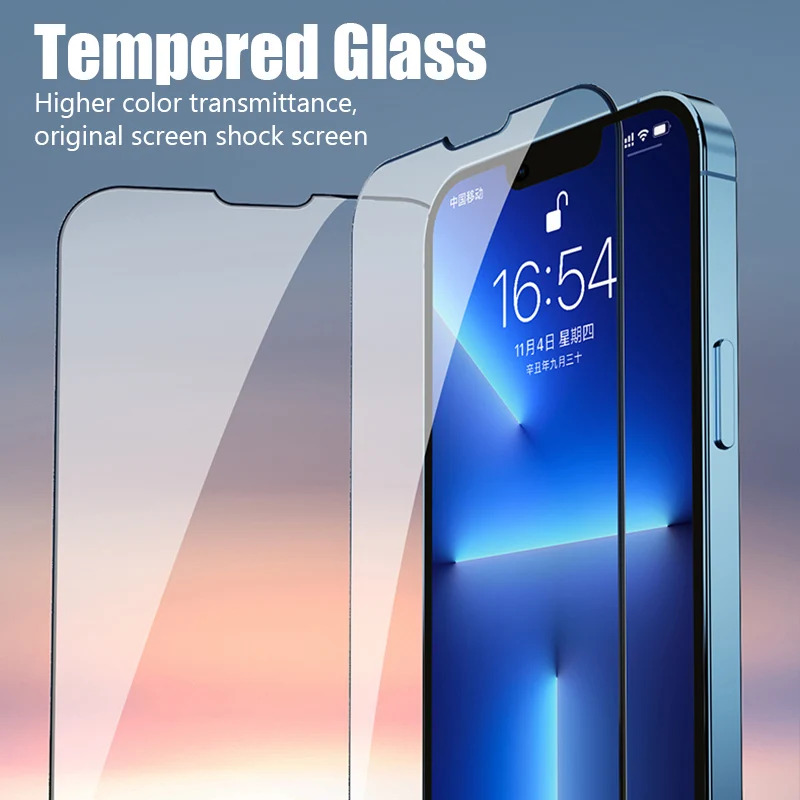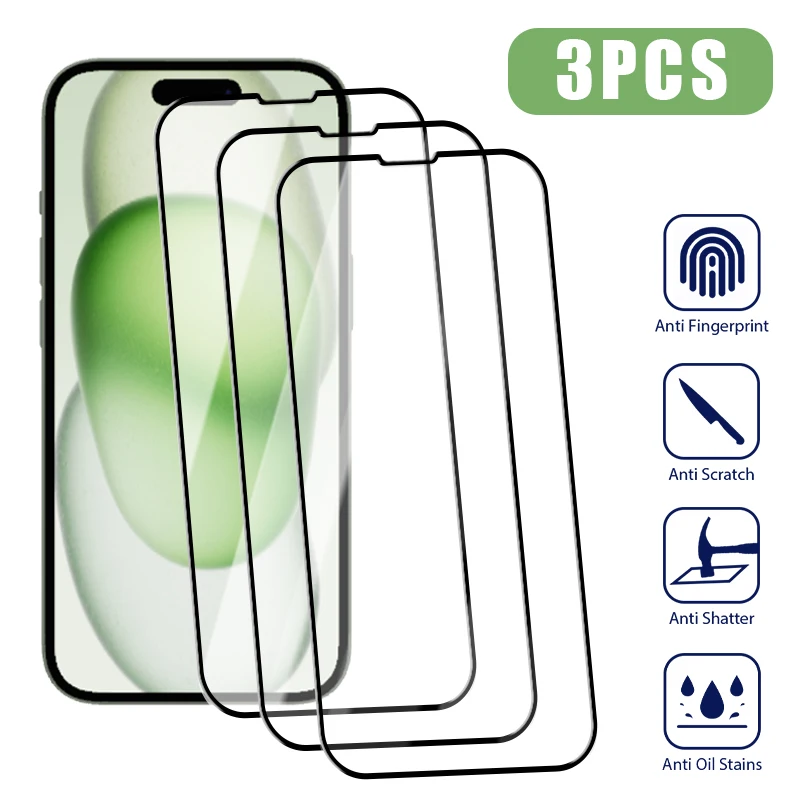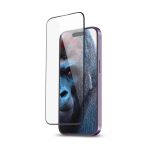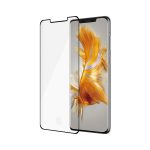Introduction to iPhone 14 Screen Protection
Why Screen Protection Matters
The iPhone 14, like its predecessors, represents a significant investment in technology. With its sleek design and advanced features, ensuring its longevity is crucial. One of the best ways to protect your device is by using a screen protector. Screen protectors serve as a barrier between your phone’s delicate display and potential hazards like scratches, drops, and other physical impacts. They come in various types and materials, each offering different levels of protection. Understanding the benefits and drawbacks of using a screen protector can help you make an informed decision about whether it’s the right choice for your iPhone 14.
Types of Screen Protectors
Tempered Glass Protectors
Tempered glass screen protectors are one of the most popular choices for iPhone 14 users. Made from multiple layers of glass, these protectors offer robust protection against scratches, impacts, and even drops. The tempering process involves heating the glass to a high temperature and then rapidly cooling it, which enhances its strength and durability. In addition to their protective qualities, tempered glass screen protectors typically provide a smooth and responsive touch experience, closely mimicking the feel of the original screen. However, they can be more expensive than other types and may add a slight thickness to your device.
Plastic (PET or TPU) Protectors
Plastic screen protectors, made from materials like PET (polyethylene terephthalate) or TPU (thermoplastic polyurethane), are another option available for the iPhone 14. PET protectors are known for their affordability and ease of installation. They offer decent protection against scratches but are less effective against impacts and drops compared to tempered glass. TPU protectors are more flexible and can offer self-healing properties, meaning minor scratches can disappear over time. While these protectors are generally thinner and lighter than tempered glass, they might not provide the same level of impact resistance and can sometimes affect screen clarity.

Benefits of Using a Screen Protector
Enhanced Durability
One of the primary benefits of using a screen protector for your iPhone 14 is enhanced durability. The screen protector acts as a sacrificial layer that absorbs the force from impacts or scratches that would otherwise damage your device’s screen. Whether you’re prone to dropping your phone or often carry it in a pocket with keys and other sharp objects, a screen protector can prevent unsightly scratches and cracks, ultimately preserving the resale value of your phone. The additional layer of protection can also prevent the need for costly screen repairs.
Improved Resale Value
Maintaining the pristine condition of your iPhone 14 can significantly impact its resale value. Buyers are often willing to pay more for a device that appears well-maintained and free from screen damage. By using a screen protector, you reduce the risk of scratches, cracks, or other damage that could detract from the overall appearance of your phone. This simple accessory can be a cost-effective way to ensure your device remains in excellent condition, potentially leading to a higher resale price when you’re ready to upgrade.
Drawbacks of Using a Screen Protector
Potential for Reduced Touch Sensitivity
While screen protectors offer various benefits, they can sometimes affect the touch sensitivity of your iPhone 14. This issue is more common with plastic protectors and less so with high-quality tempered glass options. Some users report a slight decrease in responsiveness or a change in the tactile feel of the screen. High-quality tempered glass protectors are designed to minimize this effect, but it’s essential to choose a reputable brand to ensure the best performance. For those who prioritize the utmost responsiveness and clarity, this potential drawback might be a consideration.
Aesthetic Impact
Another potential drawback of screen protectors is their impact on the aesthetic appearance of your iPhone 14. While many protectors are designed to be ultra-thin and nearly invisible, some can introduce slight reflections, bubbles, or edge visibility. Tempered glass protectors, in particular, might add a small amount of thickness to your device, which can affect its sleek design. For users who prefer a completely unblemished look and feel, this minor change in aesthetics might be a concern. However, most modern screen protectors are designed to be as unobtrusive as possible, blending well with the phone’s original design.
Choosing the Right Screen Protector
Consider Your Usage Habits
When selecting a screen protector for your iPhone 14, it’s essential to consider your usage habits and lifestyle. If you frequently drop your phone or use it in rugged environments, a high-quality tempered glass protector may offer the best protection. For those who are more cautious and primarily concerned about scratches, a plastic protector might suffice. Additionally, consider whether you want a protector with anti-glare or privacy features, as these can further enhance your user experience. Understanding your needs will help you choose a screen protector that balances protection, functionality, and aesthetic appeal.
Installation and Maintenance
The ease of installation and maintenance is another important factor to consider. Tempered glass protectors usually come with an installation kit that includes cleaning wipes and dust removers, making the application process straightforward. Plastic protectors can sometimes be more challenging to apply without trapping air bubbles. Regular maintenance, such as cleaning the screen and protector, can help maintain clarity and functionality. Many high-quality screen protectors are also resistant to smudges and fingerprints, reducing the need for frequent cleaning.

Installation Tips for Screen Protectors
Preparing Your Screen
Before applying a screen protector, it’s crucial to prepare your iPhone 14’s screen properly. Start by cleaning the screen thoroughly with a microfiber cloth to remove dust and fingerprints. Using the included alcohol wipe or a similar screen cleaning solution can help ensure that the surface is completely free of any residues. Allow the screen to dry completely before proceeding with the installation to avoid trapping moisture under the protector.
Applying the Protector
For a smooth application, align the screen protector carefully with your iPhone 14’s screen before placing it down. Start by positioning the protector at one edge and gently lower it onto the screen, ensuring it adheres evenly. Use a squeegee or a similar tool, if provided, to smooth out any bubbles or imperfections. If you encounter air bubbles, carefully lift the protector from the edge and reapply, working the bubbles out towards the edges.
Conclusion: Is a Screen Protector Worth It?
Weighing the Pros and Cons
In summary, whether you need a screen protector for your iPhone 14 depends on your individual needs and preferences. Screen protectors offer significant benefits in terms of durability and resale value, especially for those who are concerned about potential damage. However, they can also introduce minor drawbacks like reduced touch sensitivity and aesthetic changes. By evaluating your usage habits, aesthetic preferences, and the level of protection you desire, you can make an informed decision about whether a screen protector is the ultimate choice for safeguarding your iPhone 14.

Making an Informed Decision
Ultimately, the choice to use a screen protector comes down to personal preference and how you use your device. If preserving the pristine condition of your iPhone 14 is a priority, investing in a high-quality screen protector can be a wise decision. Consider the different types available, weigh their pros and cons, and choose a protector that aligns with your needs. By doing so, you can enjoy peace of mind knowing that your device is well-protected against the rigors of daily use.


